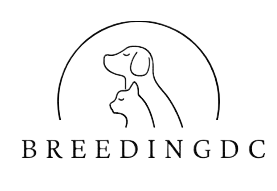Training your dog is an exciting journey, and with the right approach, you can achieve remarkable results, regardless of your dog’s breed. Every dog is unique, and understanding their specific traits and needs is crucial to developing an effective training strategy. Here’s a comprehensive guide to help you navigate the training process, tailored to different dog breeds.
**Training Tips for Herding Breeds:**
Dogs like Border Collies, German Shepherds, and Australian Shepherds are highly intelligent and energetic herding breeds. They thrive on mental stimulation and require structured training to channel their energy productively. Start with basic obedience commands and gradually introduce more complex tasks. Engage their intelligence through puzzle games and hide-and-seek activities. Reward-based training works wonders for these breeds, so be generous with treats and positive reinforcement. Regular exercise is essential to prevent boredom and destructive behaviors.
**Training Techniques for Sporting Breeds:**
Labradors, Golden Retrievers, and Spaniels fall into the sporting breed category, known for their love of water and retrieving. These dogs are eager to please, making them highly trainable. Incorporate playful training methods, such as retrieving games, to keep them motivated. Socialization is key for these breeds, so early exposure to various environments and people will help them develop good manners. Positive reinforcement and consistency are essential when teaching new tricks.
**Training Insights for Toy Breeds:**
Chihuahuas, Yorkshire Terriers, and Pomeranians are small in size but big in personality. Toy breeds can be a bit more challenging to train due to their stubborn nature. Patience and persistence are vital in their training regimen. Use gentle, consistent commands and positive reinforcement to encourage desired behaviors. Since they are prone to developing ‘small dog syndrome,’ early socialization is crucial to prevent fear-based aggression.
Regardless of breed, consistency, positive reinforcement, and understanding your dog’s unique characteristics are fundamental aspects of successful training. Tailor your approach to their specific needs, and you’ll be amazed at the progress you’ll make.

